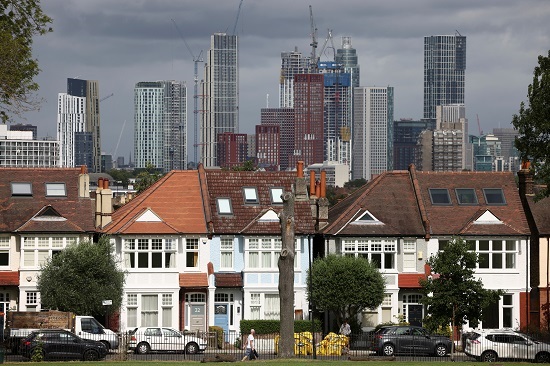 Thursday, April 25, 2024
Thursday, April 25, 2024  Thursday, April 25, 2024
Thursday, April 25, 2024 
Reducing carbon emissions in buildings will be critical to achieving the Paris climate goals and achieving net zero emissions by 2050. Buildings represent 39% of global greenhouse gas emissions, including 28% in operational emissions and 11% in building materials and construction.
Global building floorspace is projected to double by 2060 and only 3% of investment in new construction is green and efficient, locking in high emissions for decades. The renovation rate for existing buildings is barely 1%, less than a third of the rate needed to meet the Paris climate goals.
While the decarbonization challenges for buildings are significant, so are the opportunities. Efficient, zero carbon buildings take advantage of available, cost-effective technology to reduce emissions while increasing health, equity and economic prosperity in local communities.
There are four crucial trends driving zero carbon buildings: decarbonization, electrification, efficiency and digitalization. These four good “DEEDS” work in combination to reduce the carbon emissions and overall cost of building operations and supporting infrastructure. Buildings can achieve zero carbon (or zero carbon ready) performance by eliminating fossil fuel use for heating, using on-site and/or off-site renewable energy, reducing the use of high global warming potential refrigerants and using low-carbon, reused or recycled materials in construction.
Global warming will itself result in more electricity demand as previously moderate regions, as recently occurred in the US Pacific North-West, require air conditioning to minimize heat stress. Unseasonably cold weather can also increase electricity demand in warmer regions. This will, in some cases, result in higher costs for building owners due to the lower (often subsidized) cost of fossil energy and increased electricity infrastructure investment for expanded generation, transmission, distribution and management of an increasingly intermittent renewable energy supply.
Check out more news below: